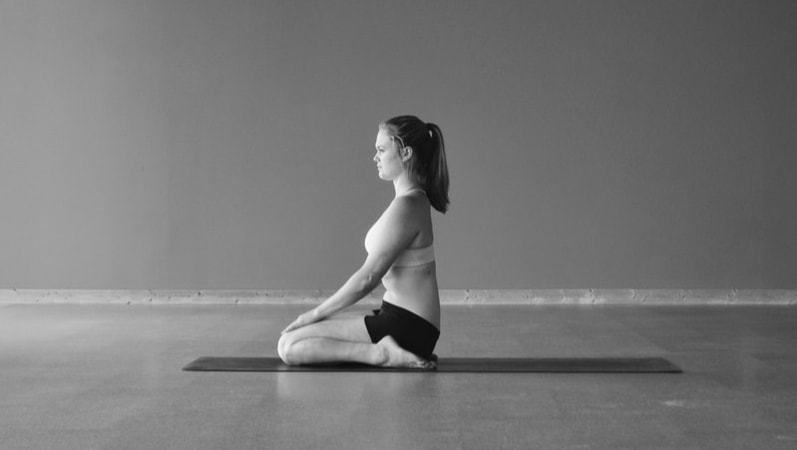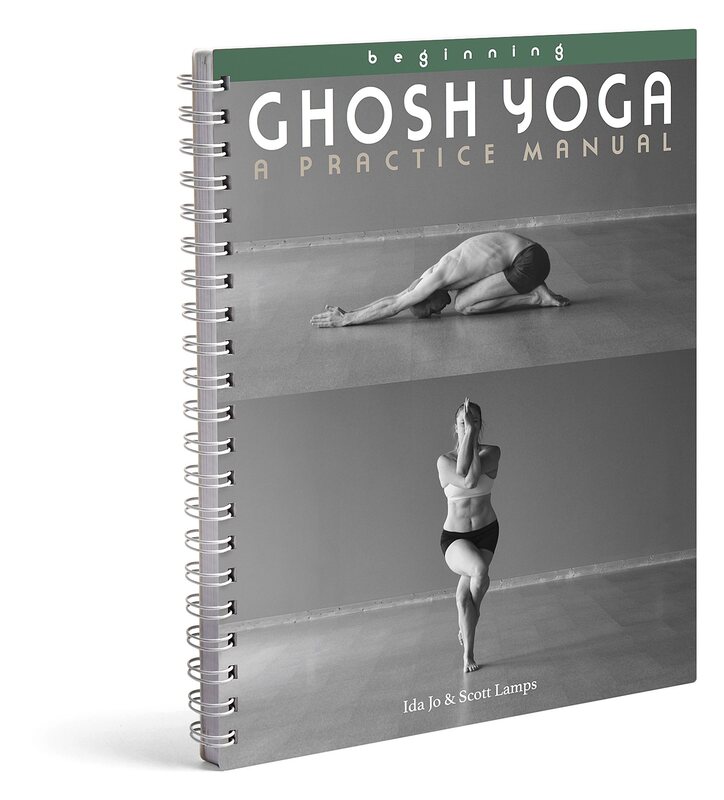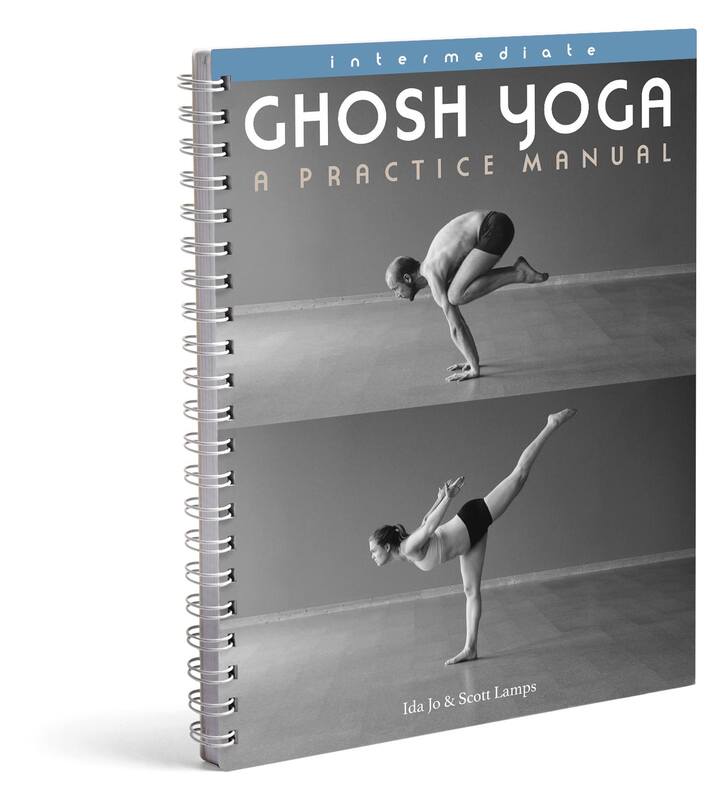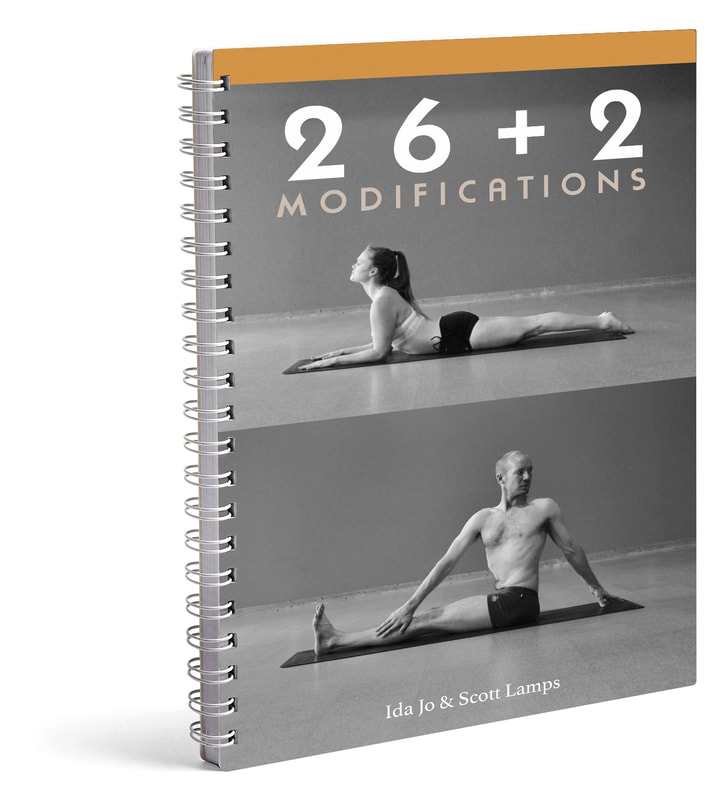|
Hardly a day goes by when someone doesn't ask us, "Is Bikram Yoga the same as Ghosh Yoga?" It is a valid and interesting question, as plentiful yoga systems seek to separate themselves from the competition with novel methods and attributes. The two methods are closely related, since Bikram Choudhury learned at Ghosh's College. But there are some fundamental differences that keep the two systems from being synonymous.
First, let's look at what they have in common. THE POSTURES Most of the exercises in Bikram Yoga are recognizably from the Bengal region of India, where Ghosh's College is located. The previous students of Ghosh taught these same postures and exercises like Half Tortoise, Rabbit and Standing Head to Knee. And several of the postures, like Stretching, Cobra, Locust, Bow and Corpse, are traditional yoga asanas found in older texts. Notably missing from both Bikram and Ghosh yogas are exercises like Up-dog, Down-dog and Warriors One and Two which come from South India and have made their way into most vinyasa yoga styles. STILLNESS Another element shared between Bikram and Ghosh yogas is the alternation of effort and rest. Each posture is held in stillness for a brief period and followed by an equal portion of relaxation. While standing, the practitioner simply stands still, though some of the older Ghosh students insisted on lying down between exercises. During postures on the floor, relaxation happens by assuming the Corpse posture. This is a distinctive element of these styles, setting them apart from the popular flowing methods that link stationary positions with fluid movements and Sun Salutations. THERAPEUTIC INTENT It can seem obvious, but both Bikram and Ghosh yogas are fundamentally designed to help the student be healthy. This is similar to all the yoga in Bengal, where the postures are done to help the organs, circulation, digestion or some other element. They generally have a therapeutic purpose. This intention can be contrasted with many vinyasa styles of yoga that originated in the performative gymnastics of Mysore. Those styles, like Ashtanga Vinyasa and its descendant "flow" methods, have become more therapeutically focused over the ensuing decades. But the origin of flowing yoga was performative. Now, let's look at what is different between Bikram Yoga and Ghosh Yoga. SET INSTRUCTIONS The method of Bikram's yoga is largely defined by its style of instruction, the rote utterance of prewritten commands. Teachers of the style can be judged by the quality of their "dialogue." Many paraphrases and copycats have popped up, but Bikram's original is still considered by most to be the gold standard. This rote instructional style is nowhere present in the teachings of Ghosh Yoga, where the majority of verbal instruction is simply counting the duration of each exercise. HEAT Also central to Bikram's style is a heated room, a characteristic that finds no expression in other manifestations of Ghosh's style. In India, they turn on fans or air conditioning when the day gets hot, or they forego the scorching parts of the day altogether. A SET SEQUENCE The two differences above are somewhat peripheral to the essence of the methods. The irreconcilable difference between these two systems is Bikram Yoga's unchanging set of exercises. The same 26 postures are "prescribed" for every student no matter their age, ability, experience, goals or ailments. Central, indeed fundamental, to the Ghosh system is a unique prescription for each student. It would be unheard of to assign the same practices to different people, especially without learning their strengths and weaknesses. Because Bikram Yoga is defined by its specific and repeated set of postures, and Ghosh Yoga is defined by its attention to the individual, it is impossible to conclude that Bikram Yoga and Ghosh Yoga are the same thing. They certainly share several key elements, namely their postures, the alternation of effort and relaxation, and therapeutic intent. But the defining characteristics of Bikram Yoga like rote instruction, added heat and especially a single unchanging set of exercises separate it substantially from Ghosh Yoga.
3 Comments
Virginia
12/31/2019 10:02:42 am
“It is impossible to conclude that Bikram yoga and Ghosh yoga are the same thing”
Reply
Ida (Ghosh Yoga)
12/31/2019 11:51:40 am
You are right there are similarities. But if it were only a matter of postures being similar, Ashtanga, Iyengar, Baptiste and any flow yoga would all be the same thing. It is the use of the postures along with other factors that have to be taken into consideration.
Reply
Abhishek Majumder
2/2/2024 11:59:50 pm
Ghosh Yoga is original form of yoga. Ans source of all the therapeutic yogas now so famous as Vikram yoga
Reply
Leave a Reply. |
AUTHORSScott & Ida are Yoga Acharyas (Masters of Yoga). They are scholars as well as practitioners of yogic postures, breath control and meditation. They are the head teachers of Ghosh Yoga.
POPULAR- The 113 Postures of Ghosh Yoga
- Make the Hamstrings Strong, Not Long - Understanding Chair Posture - Lock the Knee History - It Doesn't Matter If Your Head Is On Your Knee - Bow Pose (Dhanurasana) - 5 Reasons To Backbend - Origins of Standing Bow - The Traditional Yoga In Bikram's Class - What About the Women?! - Through Bishnu's Eyes - Why Teaching Is Not a Personal Practice Categories
All
Archives
May 2024
|







 RSS Feed
RSS Feed